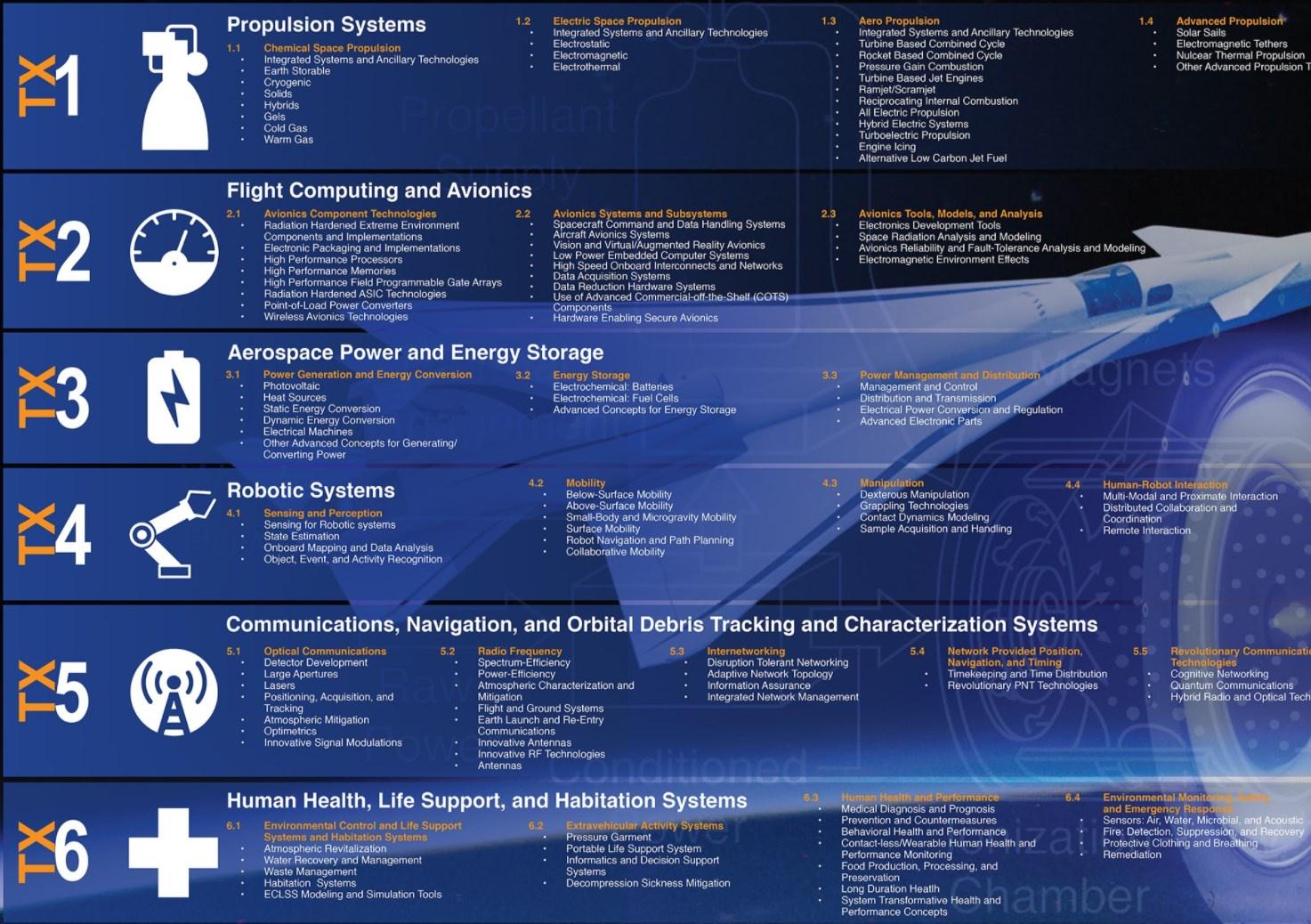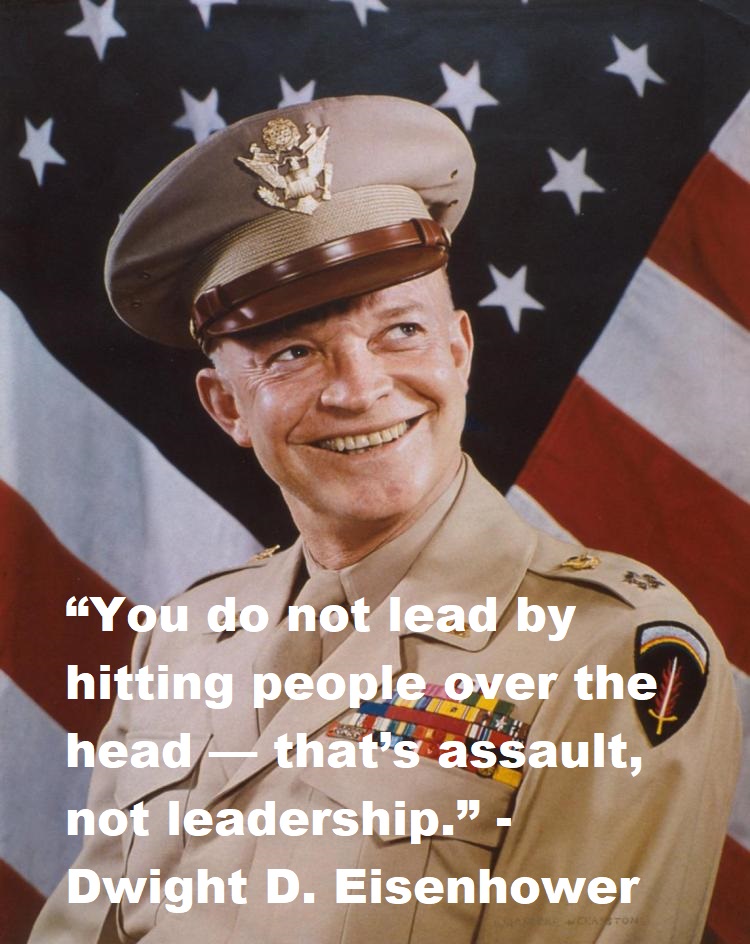
Tenets are a few carefully articulated guiding principles for any endeavor. They act as a guide to align on a vision and simplify decision-making. Tenets are the written-down rules that distinguish good behavior from behavior that is not welcome. Tenets simplify and help with being right more often; they can be used as tiebreakers when making tough judgment calls. There is no better way to expose misalignment, and then get aligned, than going through the …Continue reading





























 RSS - Posts
RSS - Posts